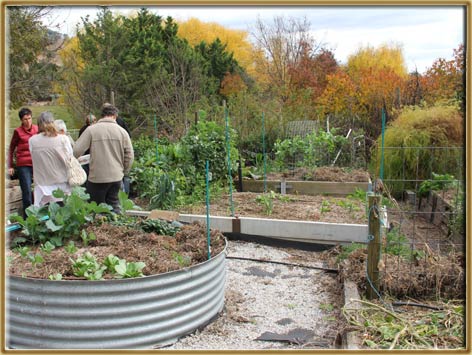June delights in North East Victoria
/I recently joined the Australian Plants Society and the Victorian quarterly weekend program, hosted by the Wangaratta group, was my first foray into their activities.
In a nutshell, the weekend saw APS members from across Victoria converge on Wangaratta and surrounds. As the event's name suggested, we were indeed treated to the many delights on offer across seven gardens brimming with Australian plants of seemingly all types over the two days (June 4th and 5th). As well as private gardens, we also visited Goulburn Ovens TAFE's campus, took a stroll into the Warby Ranges National Park and drove through the Killawarra Forest.
While Australian plants were obviously the focus, it was wonderful to note the diversity of plants, garden designs and approaches between and within the gardens. Apart from the plants, it was also a privilege to spend time in the company of people who are so well-versed in Australian plants. The garden owners told us about their gardens, and as we explored, fellow visitors were also willing to help novices (like me) understand more about what we were looking at and clarify those scientific names that very rarely manage to stick in my brain.
Another bonus was that Mary Anderson's garden was one of those featured. Mary has opened her rammed earth home to the public in the past, but I had missed it. Her three year old garden benefits from a rendered straw bale wall that creates a microclimate as well as a visual break between the garden and house and the surrounding landscape.

I admit I got a little distracted from the plants by the gorgeous paths made from reclaimed materials and other features made from cast-off items.

Check out the gate - if I didn't know better, I'd say Build-It Bloke had a hand in that. What a ripper!

You can read more about Mary's place (including an array of fantastic sustainability features she has incorporated) here. Also keep an eye on the Sustainable House Day website for listings of homes opening this September. Mary's will open again as part of that event, along with other homes in the Wang area. I'd certainly recommend going to see it for yourself.
As for the APS, I can't wait for more of their offerings. And there's a wealth of information on the APS website, including years of newsletters, all available electronically. What's more there are plant guides, garden design tips and extensive plant photo gallery. I might learn a few more of those scientific names yet!








